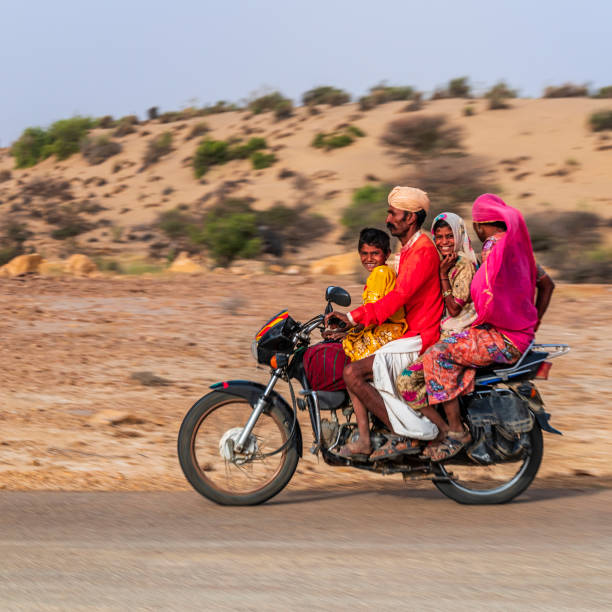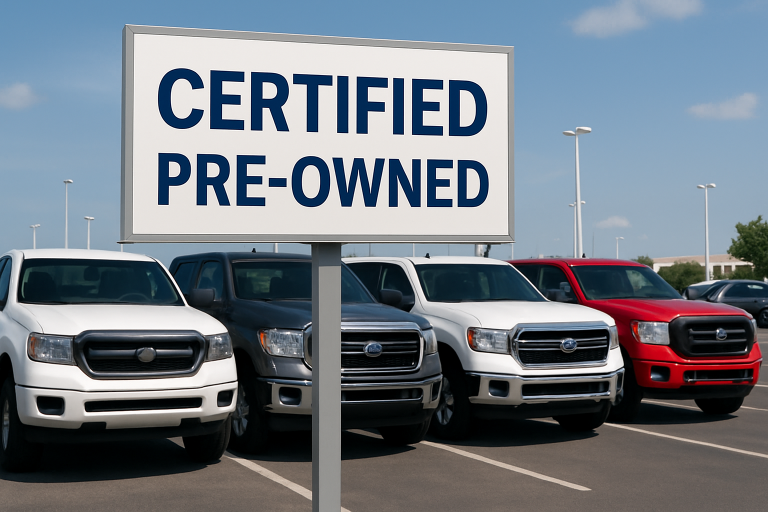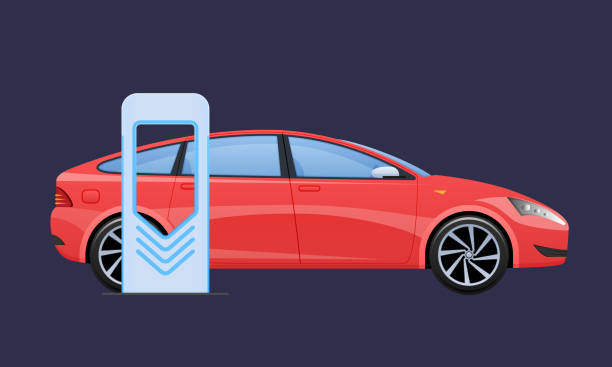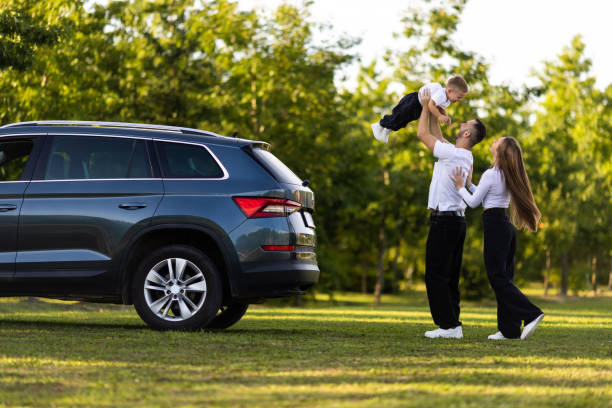How Much Should a Good Motorcycle Cost?
If you’re thinking about buying a motorcycle, one of the first questions that comes to mind is likely, “How much should I spend?” With such a wide range of models, brands, and features on the market, motorcycle prices can vary significantly. What qualifies as “good” ultimately depends on what you’re looking for—whether it’s performance, comfort, longevity, or overall value.
This guide breaks down what you can expect to pay for a good motorcycle, from entry-level commuter bikes to high-end models. We’ll also cover the key factors that affect price, explain hidden costs to be aware of, and offer tips on where to buy.
Defining “Good” in Terms of Motorcycles
The term “good” means different things to different riders. For a beginner, a good motorcycle might be one that’s lightweight, affordable, and easy to handle. For a seasoned rider, it could mean a bike with advanced features, a comfortable ride for long distances, or high horsepower.
Some general indicators of a good motorcycle include:
- Reliable engine performance
- Solid build quality and components
- Comfortable ergonomics for your riding style
- Features that match your goals (commuting, touring, sport, etc.)
- Manufacturer reputation and support
Your ideal motorcycle doesn’t have to be the most expensive one on the lot—it just has to check the right boxes for you.
Average Motorcycle Price Ranges by Type
Motorcycle prices range from under $5,000 to over $30,000 depending on the brand, model, and category. Here’s a breakdown of average price ranges by type:
Entry-Level Bikes (Under 500cc)
Price Range: $4,000 – $7,000
These bikes are designed with beginners in mind. They’re smaller, lighter, and more affordable—making them a great choice for first-time riders. Common models include small-displacement sportbikes, standards, and commuter-friendly cruisers.
Mid-Range Motorcycles (500cc–900cc)
Price Range: $7,000 – $12,000
This is a sweet spot for many riders. Mid-range bikes offer more power and versatility without becoming too heavy or expensive. You’ll find a lot of value in this segment, especially from brands that offer both performance and comfort features.
Touring and Adventure Bikes
Price Range: $12,000 – $20,000+
Built for long distances and varied terrain, these motorcycles come with larger engines, comfortable ergonomics, storage capacity, and advanced electronics. The added features and engineering drive up the price but provide a premium riding experience.
High-End Motorcycles and Custom Builds
Price Range: $20,000 – $35,000+
These bikes are built for performance enthusiasts or collectors. This category includes high-end cruisers, large touring bikes, custom choppers, and racing-inspired machines. You’re paying for power, technology, craftsmanship, and often brand prestige.
What Influences Motorcycle Prices?
Many variables can affect the price of a motorcycle. Knowing what contributes to cost can help you determine whether a higher price tag is justified—or if you’re overpaying.
1. Engine Size and Power
Larger engines generally mean more power—and a higher price. A 250cc commuter bike will cost much less than a 1,200cc cruiser or a liter-class sportbike. However, more power isn’t always necessary, especially for new or casual riders.
2. Brand and Model
Some manufacturers are known for offering high-performance bikes at a premium, while others focus on reliability and affordability. European brands tend to be pricier than Japanese counterparts, though this varies by model.
3. Features and Technology
ABS, traction control, Bluetooth connectivity, ride modes, and advanced suspension systems all add to a motorcycle’s cost. If you don’t need high-tech features, you may find better value in simpler models.
4. Year and Condition
New motorcycles typically cost more, but used bikes can offer great value—especially if they’ve been well-maintained. Buying used from a reputable powersports dealership can give you peace of mind while saving money.
5. Customization and Accessories
Factory add-ons like luggage racks, windshields, heated grips, and upgraded seats increase the price. Some bikes also come pre-customized or with packages that boost the final cost significantly.
Additional Costs to Keep in Mind
The motorcycle’s sticker price is just part of the picture. Riders should also budget for other important expenses that come with ownership:
Gear and Safety Equipment
Helmet, jacket, gloves, boots, and protective pants are essential—and they add up. Budget $500 to $1,000 for quality gear if you’re starting from scratch.
Insurance
Motorcycle insurance rates vary based on the bike, rider experience, location, and coverage level. Sportbikes typically cost more to insure than cruisers or standards.
Licensing and Registration
Depending on your state, expect to pay fees for your motorcycle license, title, and registration. Some states also require safety courses for new riders.
Maintenance and Repairs
Oil changes, tire replacements, chain maintenance, and brake service are part of regular upkeep. Higher-end or specialty bikes may have steeper maintenance costs.
Financing Charges
If you finance your motorcycle through a lender or a powersports dealership, be aware of interest rates and loan terms. A longer loan might mean lower monthly payments—but more paid over time.
New vs. Used: Which Offers Better Value?
Both new and used motorcycles can offer great value, depending on your situation.
Buying New:
- Latest features and full warranty
- No hidden wear or repair history
- Often eligible for manufacturer financing deals
Buying Used:
- Lower purchase price
- Slower depreciation
- Good option for newer riders who may upgrade later
When buying used, especially from a private seller, it’s smart to have the bike inspected by a mechanic or to buy from a reputable powersports dealership that offers certified pre-owned models and warranty options.
Where to Buy a Motorcycle
You have several options when it comes to buying a motorcycle:
Dealerships
A powersports dealership provides new and used inventory, financing options, and after-sale service. It’s a good place to test ride multiple bikes and compare models side-by-side.
Private Sellers
Buying from a private party can lead to lower prices but comes with more risk. You’ll need to handle inspections, title transfers, and verify the bike’s history on your own.
Online Platforms
Motorcycle marketplaces allow you to search nationwide, but be cautious with scams or misleading listings. Always verify information and, if possible, inspect the bike before committing.
Tips for Getting the Best Deal
- Research ahead of time: Know what similar bikes are selling for so you can spot a fair price.
- Be flexible: Choosing a slightly older model or a less popular color can save you hundreds or even thousands.
- Ask about fees: Dealerships may add setup, delivery, or documentation fees—always ask for the full out-the-door price.
- Negotiate when possible: Especially on used bikes or during slower sales months, there may be room to talk down the price or add extras.
- Time your purchase: Shopping at the end of the riding season can often lead to better deals.
Final Thoughts
So, how much should a good motorcycle cost? The answer depends on what kind of rider you are, what you need from your bike, and how much you’re willing to spend on performance and features. For most riders, a solid new motorcycle will cost between $7,000 and $15,000, while used options can bring that number down considerably.
Whether you’re buying from a private seller or visiting a powersports dealership, being informed about pricing, features, and hidden costs will help you make a smart, confident purchase. A good motorcycle isn’t always the most expensive—it’s the one that fits your needs, experience, and budget.







